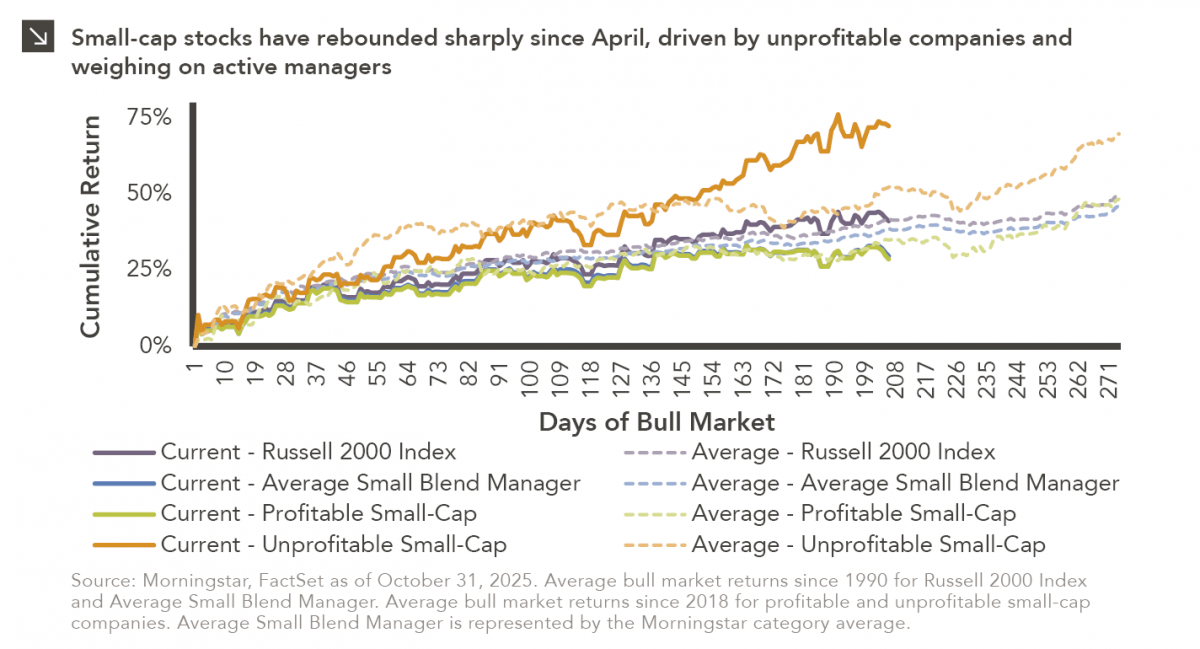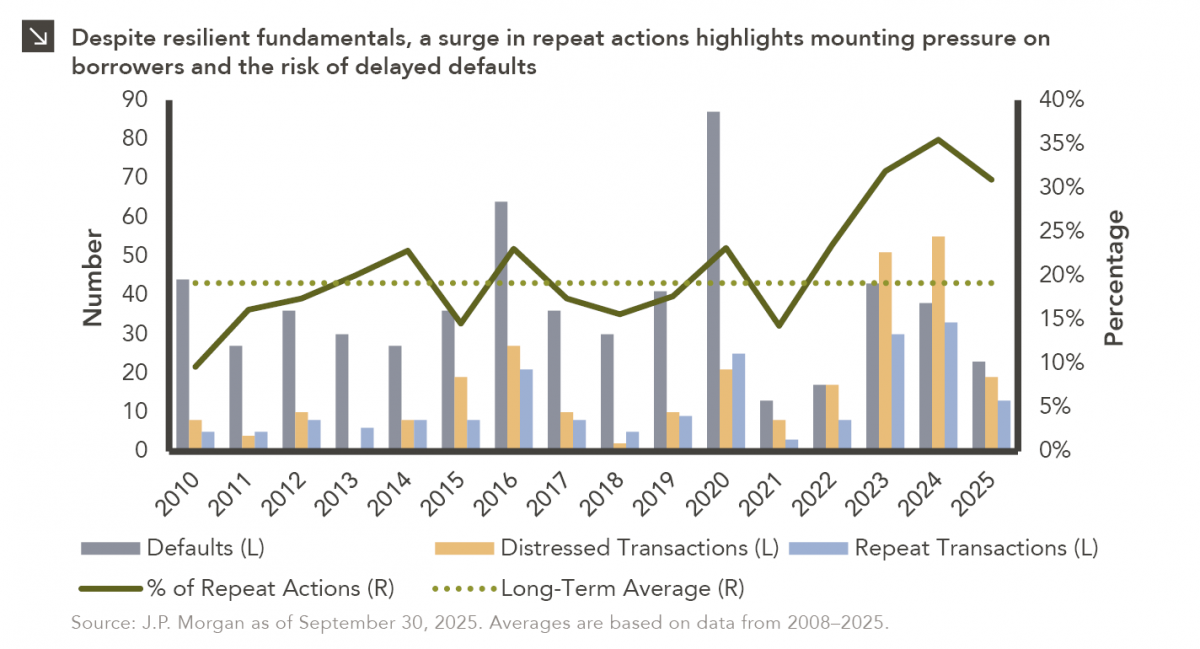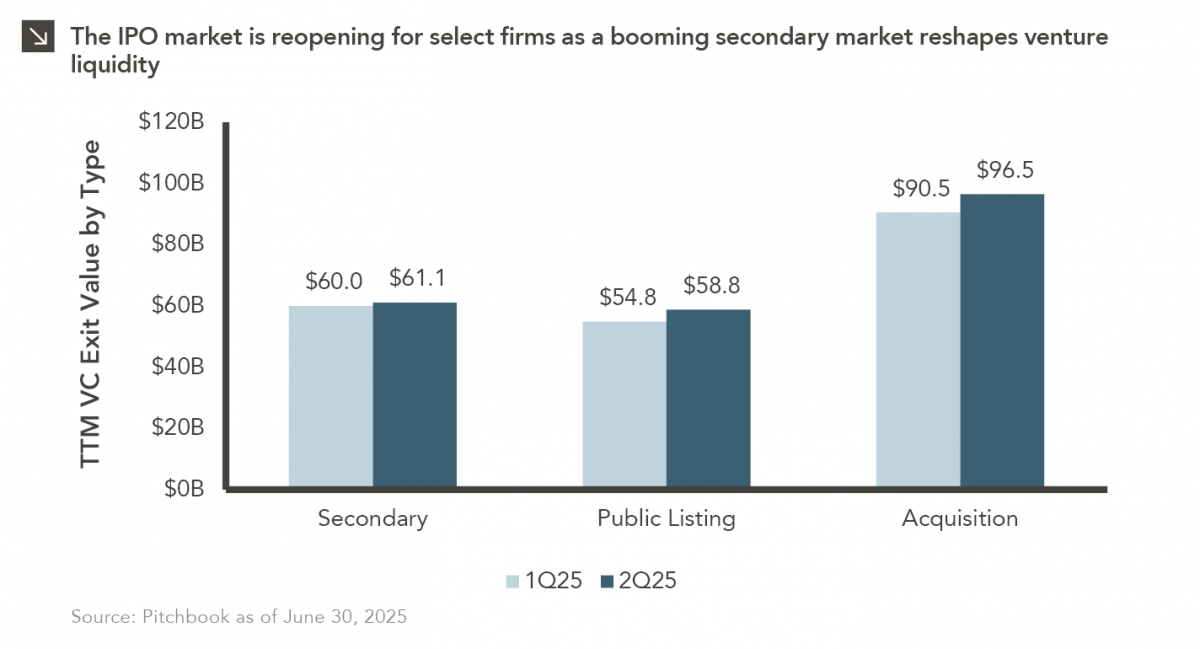Eric Gaylord, CFA
Principal


On Friday, the U.S. Department of Labor announced that 115,000 jobs were created in April and the national unemployment rate fell from 8.2% to 8.1%. Though these data points showed improvement, their release prompted an immediate equity market selloff. So what gives? In this Chart of the Week, we consider an expanded view of the labor market to explain Friday’s reaction.
At the beginning of 2006, the U.S. private sector labor market was close to full employment, and more jobs were being created every month. Comparing today’s total number of private sector jobs to those pre-recession levels, the private sector has only 2% less total jobs. The chart above illustrates why the true situation is not as healthy as the headline unemployment numbers suggest: although the private sector has been adding jobs for a little over two years now, the job growth has been almost exclusively from small and medium sized companies. A recovery in job creation by larger companies and public sector jobs which, on average, pay higher wages has yet to take hold.
Despite the fact that we have seen job creation over the last two years, the total number of Americans employed as a percentage of the population has been stagnant: the new jobs that have been created are only enough to keep pace with population growth. The unemployment rate is falling mainly because the percentage of Americans who have given up seeking work (and are therefore not included in that calculation) remains elevated.
This challenge is no more evident than with young Americans. During the 90’s, an average of 77.2% of 20-24 year olds and 52.3% of 16-19 year olds participated in the labor markets. Today, those percentages stand at 70.6% and 33.8%, respectively. As long as the labor market continues to force young people to start careers later, start saving later, and start raising families later, the outlook for full recovery and long-term economic growth remains challenged. Friday’s negative reaction to sustained slow job growth shows that small improvements are no longer enough to satisfy investors’ concerns which are becoming increasingly forward-looking.
The opinions expressed herein are those of Marquette Associates, Inc. (“Marquette”), and are subject to change without notice. This material is not financial advice or an offer to purchase or sell any product. Marquette reserves the right to modify its current investment strategies and techniques based on changing market dynamics or client needs.

11.03.2025
Small-cap equities are in a prolonged period of underperformance relative to large-cap stocks, but this trend has shown early signs…

10.27.2025
To paraphrase a quote from former President George W. Bush: “Fool me once, shame on… shame on you. Fool me…

10.22.2025
This video is a recording of a live webinar held October 22 by Marquette’s research team analyzing the third quarter…
10.22.2025
I spent the past weekend at my alma mater to watch them play their biggest rival. Football weekends there are…

10.20.2025
This week’s chart compares institutional and retail investor sentiment using two established indicators. Institutional sentiment is represented by the National…

10.13.2025
After a three-year drought, the IPO market is stirring again… but only for a select few. Just 18 companies have…
Research alerts keep you updated on our latest research publications. Simply enter your contact information, choose the research alerts you would like to receive and click Subscribe. Alerts will be sent as research is published.
We respect your privacy. We will never share or sell your information.
If you have questions or need further information, please contact us directly and we will respond to your inquiry within 24 hours.
Contact Us >